At this level, air pollution poses significant health risks, with the AQI indicating severe threats to the general population and heightened risks for individuals with pre-existing health conditions.
Vietnam's Hanoi topped the list with a hazardous AQI score of 281, followed by India's Delhi (251) and Mumbai (215).
Understanding the AQI
The AQI is an index used to report daily air quality based on the concentration of five key pollutants:
Particulate Matter (PM2.5 and PM10)
Nitrogen Dioxide (NO2)
Carbon Monoxide (CO)
Sulfur Dioxide (SO2)
Ozone (O3)
AQI Categories:
0-50: Good
51-100: Moderate (sensitive groups advised caution)
101-150: Unhealthy for sensitive groups
151-200: Unhealthy
201-300: Very unhealthy
301+: Hazardous
Dhaka's air quality frequently worsens in winter due to factors like construction dust, emissions from vehicles and brick kilns, and seasonal weather patterns that trap pollutants close to the ground. However, conditions tend to improve during the monsoon when rain helps reduce airborne particles.
Despite being a known issue, air pollution remains a critical challenge for Dhaka, contributing to respiratory and cardiovascular illnesses among its residents.
According to the World Health Organization (WHO), air pollution is linked to the deaths of approximately seven million people globally every year. Major health impacts include:
Stroke
Heart disease
Chronic obstructive pulmonary disease (COPD)
Lung cancer
Acute respiratory infections
Urgent measures, such as stricter regulations on emissions, better urban planning, and the promotion of cleaner energy sources, are critical to mitigating the effects of air pollution in Dhaka and other affected cities.
END/CLM/RH/



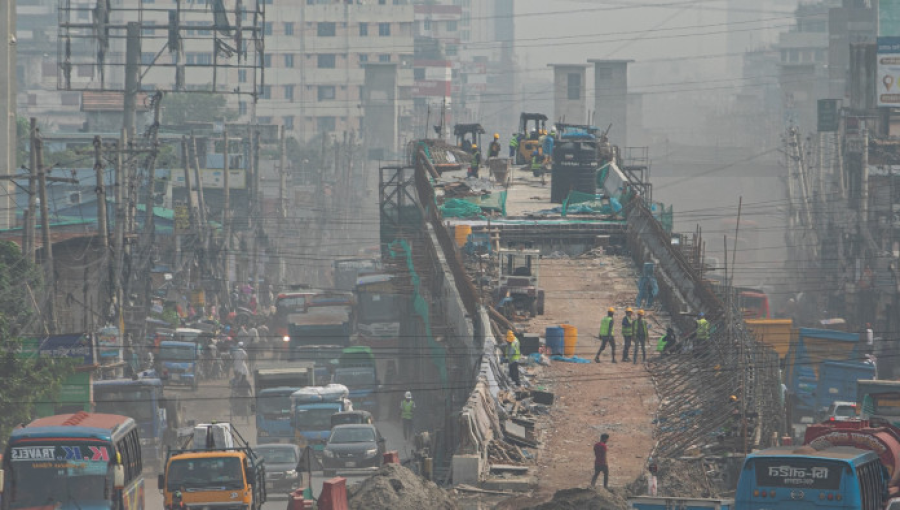
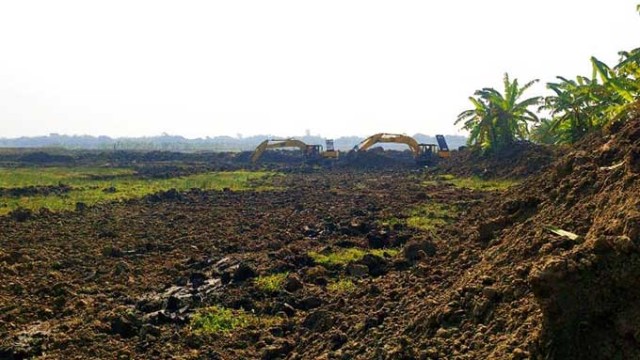
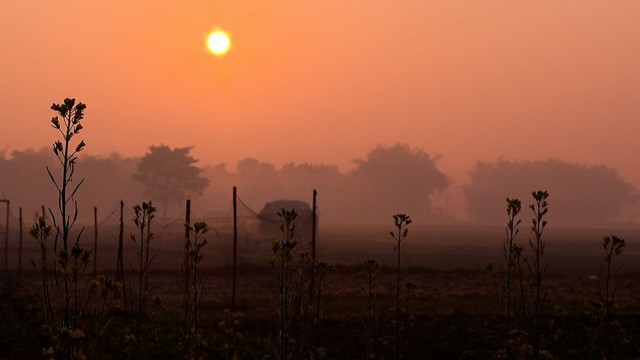
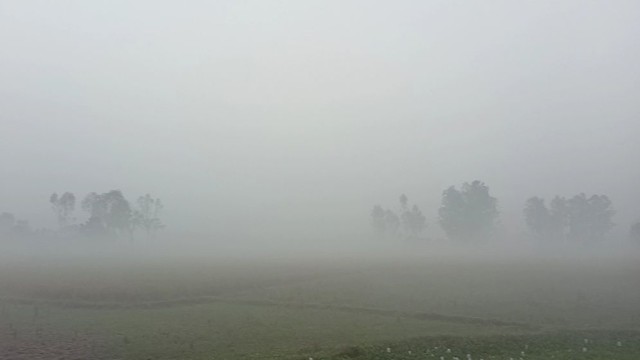
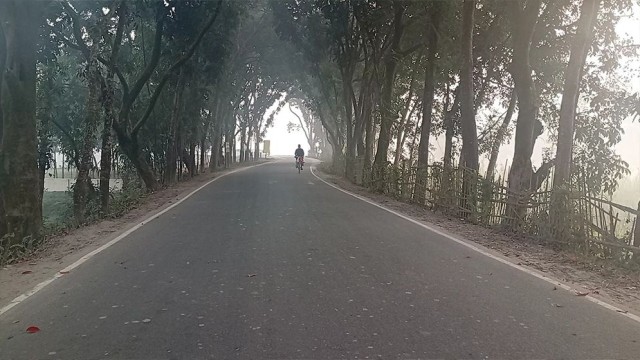








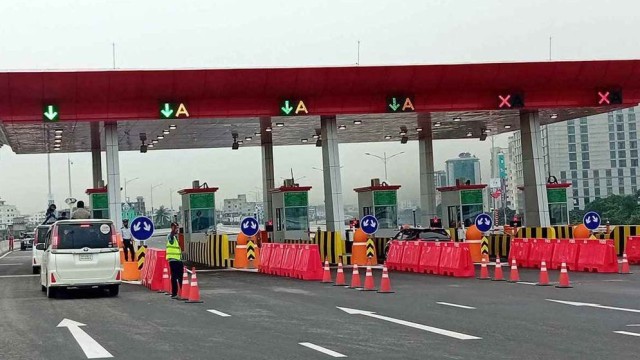








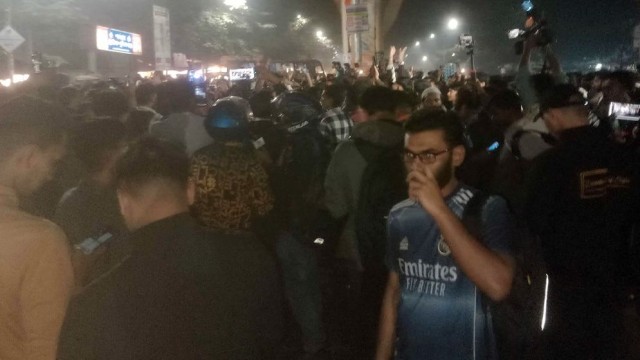




Comment: